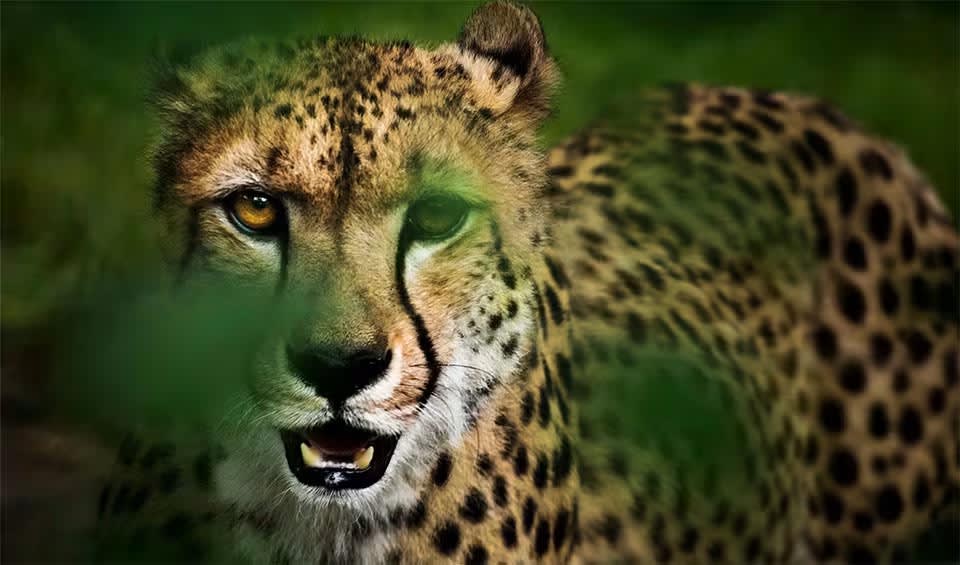A fascinating seabird found mainly along the southern coast of Africa, especially in Namibia and South Africa. This medium-sized bird is instantly recognizable thanks to its dark, almost black feathers, which sometimes shimmer with a green or bronze tint in the sunlight. One of its most striking features is the bright turquoise coloring around its eyes, which gives it a sharp and distinctive look compared to other cormorants. With a strong, hooked beak and webbed feet, the bank cormorant is built for diving and catching fish underwater. These birds favor rocky coastlines, offshore islands, and kelp beds, where they can find their preferred prey like small fish and crustaceans.
Bank cormorants are known for their more solitary and quiet nature compared to other seabirds. They usually choose calm, isolated nest spots, building their nests from sticks, seaweed, and sometimes even bits of fishing debris. Their nests are often perched on rocky ledges or islands to stay safe from predators. One of the more interesting things about these birds is their incredible patience; they can sit for long stretches, carefully watching the water below before diving in after prey. When hunting, they use their powerful legs and feet to steer themselves quickly and skillfully underwater, making them excellent fishers.
A fun behavior to watch for is their habit of “sunbathing.” After a dive, bank cormorants will often stand on a rock with their wings stretched out wide to dry. This is because, unlike some seabirds, their feathers aren’t fully waterproof. This wing-drying pose often makes them look like they are striking a dramatic or even comical pose, which is a favorite sight for birdwatchers. Another quirky fact is that their name comes from the rocky “banks,” where they spend much of their time resting and nesting.
Distribution
 Namibia
Namibia South Africa
South AfricaAnything we've missed?
Help us improve this page by suggesting edits. Glory never dies!
Suggest an editGet to know me
Terrestrial / Aquatic
Altricial / Precocial
Polygamous / Monogamous
Dimorphic / Monomorphic (size)
Active: Diurnal / Nocturnal
Social behavior: Solitary / Pack / Flock
Diet: Carnivore / Herbivore / Omnivore / Piscivorous / Insectivore
Migratory: Yes / No
Domesticated: Yes / No
Dangerous: Yes / No




